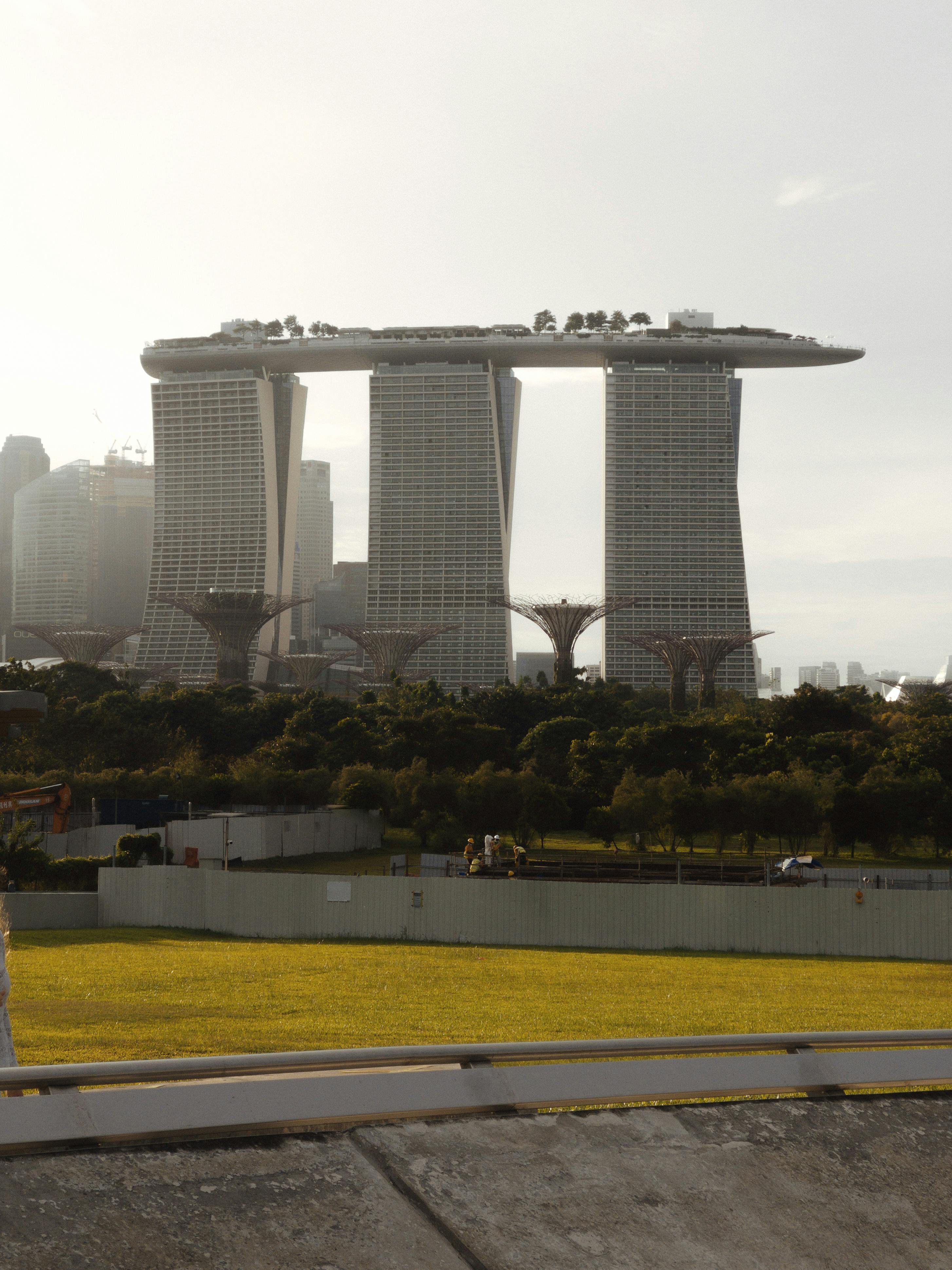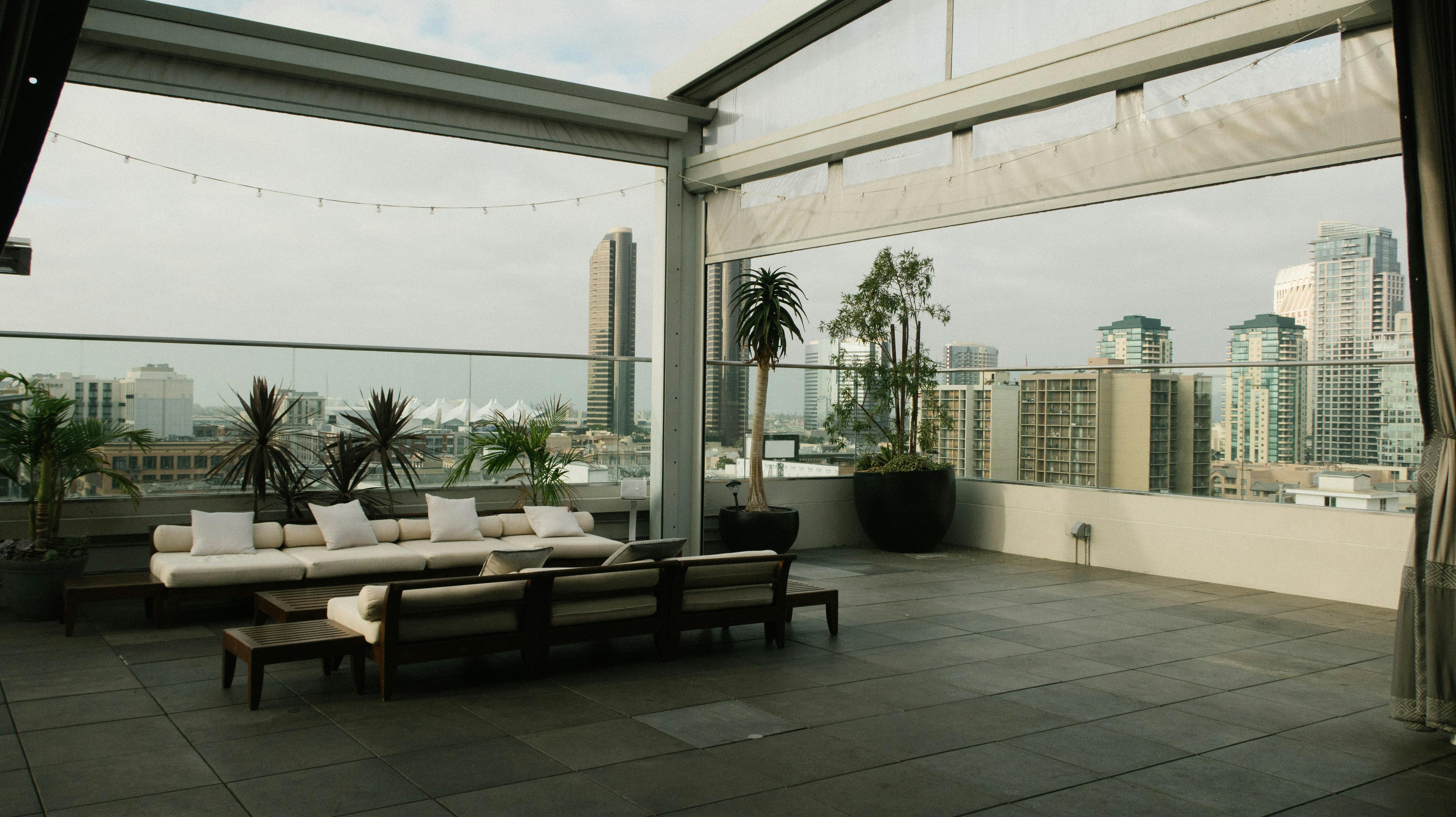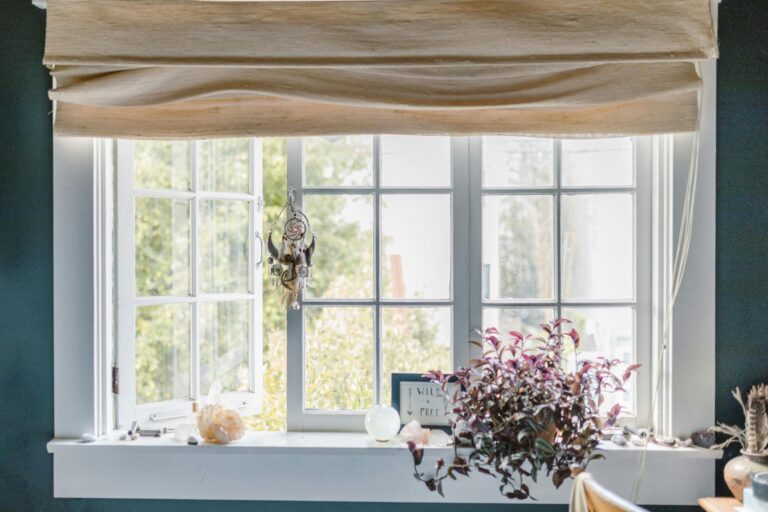The most spectacular luxury homes of 2026 share a revolutionary secret: they’ve mastered the art of transforming overlooked rooftop spaces into breathtaking vertical sanctuaries that rival the world’s finest resorts. While homeowners traditionally view their rooftops as utilitarian afterthoughts, visionary designers recognize these elevated canvases as the ultimate luxury real estate—private urban oases suspended between earth and sky. The challenge isn’t just creating beautiful outdoor spaces; it’s engineering sophisticated environments that perform flawlessly in every season while integrating seamlessly with cutting-edge vertical landscape architecture. Through exclusive interviews with leading designers and analysis of 2025’s most acclaimed rooftop transformations, we’ll reveal the strategic design principles, innovative technologies, and architectural solutions that are redefining luxury living from the top down.
The rooftop renaissance redefining luxury living
Urban luxury living has reached a pivotal moment where traditional ground-level outdoor spaces no longer satisfy the sophisticated homeowner’s desire for privacy and exclusivity. According to the 2025 Luxury Home Design Survey, 78% of high-net-worth individuals now prioritize rooftop amenities as essential features in their property acquisitions, representing a 340% increase from just five years ago.

This Photo was taken by Zeluloidea.
The transformation begins with understanding that rooftop terraces function as the crown jewel of vertical luxury living. Master designer Isabella Chen, whose Manhattan penthouse projects command eight-figure valuations, explains: “When you’re designing at elevation, you’re not just creating a space—you’re choreographing an experience that connects inhabitants with the urban landscape while providing complete sanctuary from it.”
This paradigm shift has produced remarkable statistics that underscore the rooftop revolution’s momentum:
| Rooftop Feature Category | 2024 Installation Rate | 2025 Projected Growth | Average ROI |
|---|---|---|---|
| All-Weather Pavilions | 34% | 67% | 185% |
| Vertical Gardens | 42% | 78% | 165% |
| Climate-Controlled Structures | 28% | 84% | 220% |
| Smart Irrigation Systems | 56% | 89% | 145% |
The remarkable return on investment figures reflect more than financial appreciation—they represent the premium that discerning homeowners place on transcendent living experiences. These rooftop sanctuaries offer something that ground-level outdoor spaces simply cannot: the psychological elevation that comes with surveying one’s domain from above while remaining cocooned in luxurious comfort.
Architectural foundations for sky-high luxury
Creating successful rooftop transformations requires mastering the unique structural and environmental challenges that distinguish elevated spaces from traditional outdoor design. The foundation of every exceptional rooftop sanctuary begins with comprehensive structural engineering that accounts for wind loads, weight distribution, and thermal expansion factors that ground-level installations never encounter.
Renowned structural engineer David Pemberton, whose firm has supported rooftop projects for celebrities and Fortune 500 executives, notes: “The most common mistake in rooftop design is underestimating the compound stresses of elevation. Wind shear at 20 stories creates forces 400% greater than at ground level, while temperature fluctuations can cause materials to expand and contract dramatically throughout a single day.”

This Photo was taken by Mikhail Nilov.
Modern rooftop sanctuaries employ advanced materials engineered specifically for extreme environmental exposure. Marine-grade aluminum frameworks provide exceptional strength-to-weight ratios, while thermally-modified hardwoods resist the expansion and contraction cycles that destroy conventional lumber installations. These technical specifications might seem mundane, but they form the invisible backbone that allows the spectacular design elements to perform flawlessly year after year.
All-weather pavilions: the heart of rooftop luxury
The centerpiece of every successful rooftop transformation is the all-weather pavilion—a sophisticated architectural element that functions as both shelter and statement piece. Unlike simple pergolas or basic covering structures, these pavilions represent the pinnacle of outdoor engineering, designed to create comfortable microclimates regardless of external weather conditions.
The most advanced pavilion designs incorporate retractable glass walls that can transform from completely open-air spaces to fully enclosed climate-controlled environments within minutes. German manufacturer SkyTech reports that their premium pavilion systems, which integrate motorized glass panels with radiant heating and natural ventilation systems, have seen 290% increased demand in the North American luxury market throughout 2025.

This Photo was taken by Hakeem James Hausley.
Master designer Elena Rodriguez, whose Beverly Hills rooftop projects have been featured in Architectural Digest, explains her approach: “The pavilion must read as architecture, not furniture. When I design these structures, I’m creating rooms without walls—spaces that possess the gravitas and sophistication of interior rooms while maintaining complete connection to the sky and horizon.”
Climate control technology that performs miracles
The magic of modern all-weather pavilions lies in their invisible climate control systems that maintain perfect comfort zones despite challenging rooftop conditions. Advanced radiant heating elements embedded within flooring and overhead structures provide warmth without the visual pollution of traditional heating systems, while smart misting systems can reduce ambient temperatures by up to 25 degrees during summer heat waves.
These systems connect seamlessly with smart home technology integration that monitors weather conditions and automatically adjusts pavilion configurations. When temperature, humidity, or wind conditions change, the pavilion responds instantly, maintaining optimal comfort without human intervention.
The integration extends beyond basic comfort to include sophisticated entertainment and ambient lighting systems that transform throughout the day. As afternoon transitions to evening, automated systems can adjust lighting temperatures, activate sound systems, and even trigger aromatic diffusion systems that enhance the sensory experience of the space.

This Photo was taken by Athena Sandrini.
Vertical landscape architecture: defying gravity with green luxury
The most breathtaking rooftop transformations transcend traditional gardening by implementing vertical landscape architecture that creates multi-dimensional green environments optimized for elevated conditions. This approach moves far beyond simple container gardens to establish sophisticated ecosystems that perform both aesthetic and environmental functions.
Leading landscape architect Michael Thornton, whose rooftop gardens grace penthouses from Dubai to Manhattan, describes the paradigm: “Vertical landscape architecture is about creating hanging gardens that rival Babylon—living walls that breathe, modular growing systems that adapt to seasons, and integrated water features that transform the acoustic environment of the space.”


